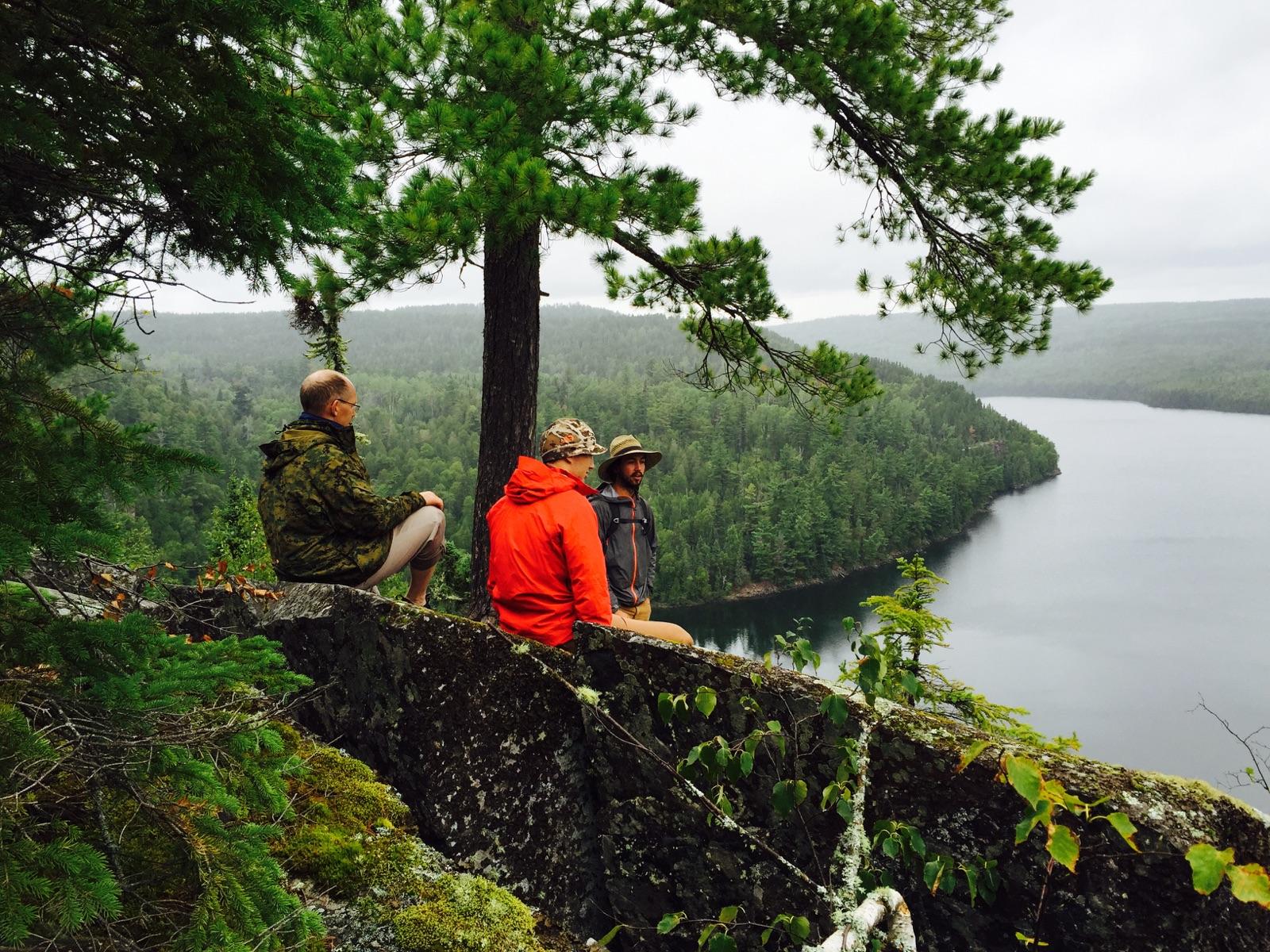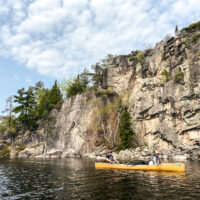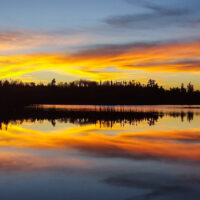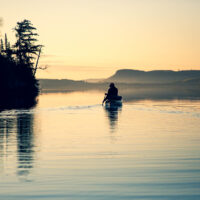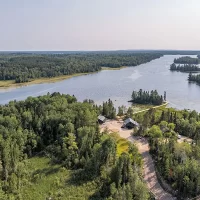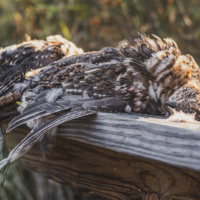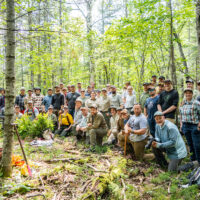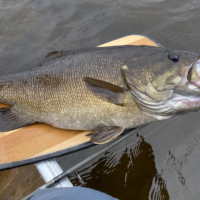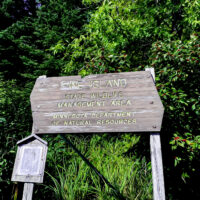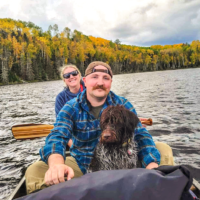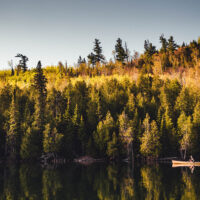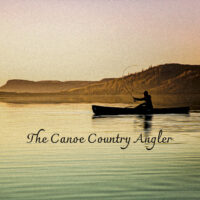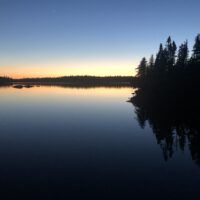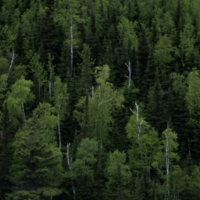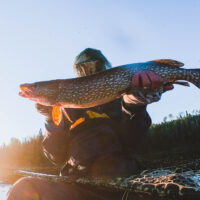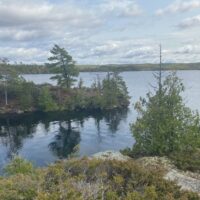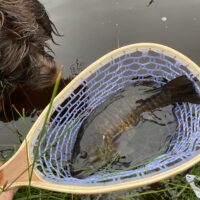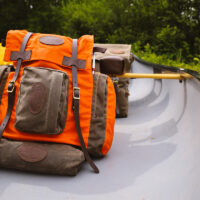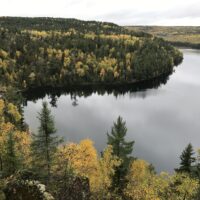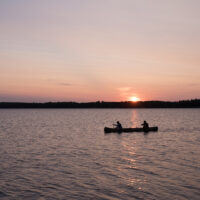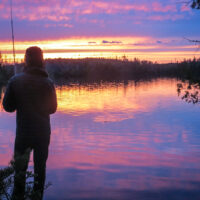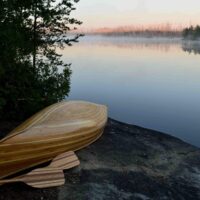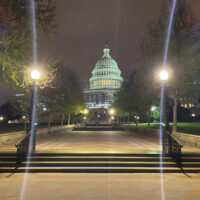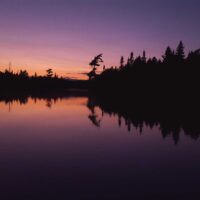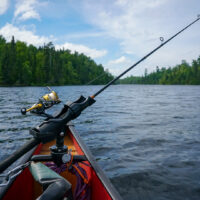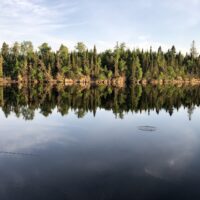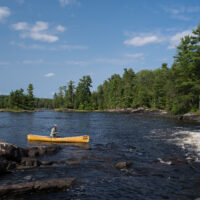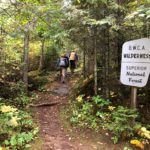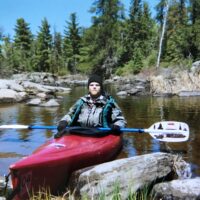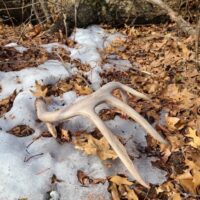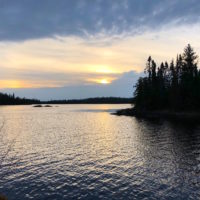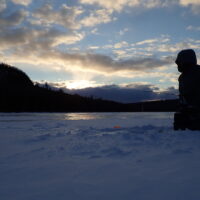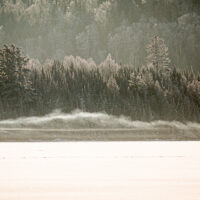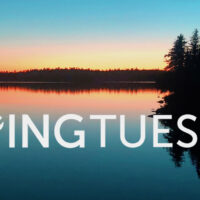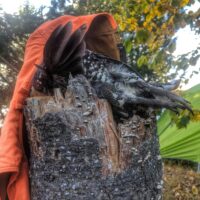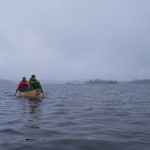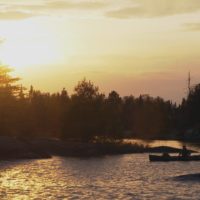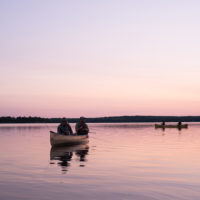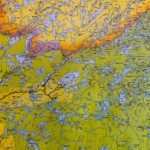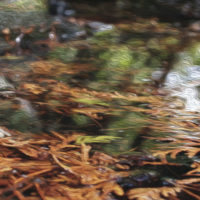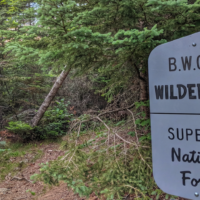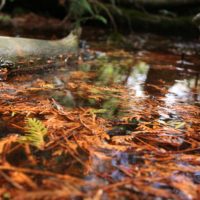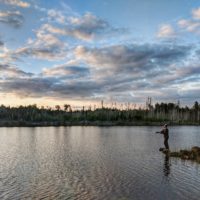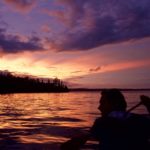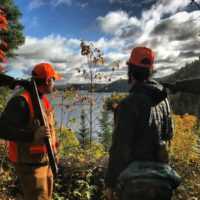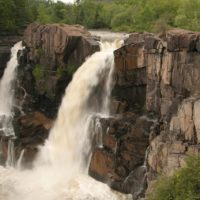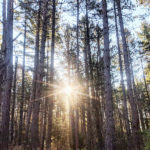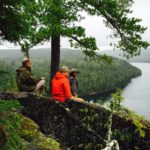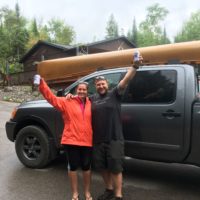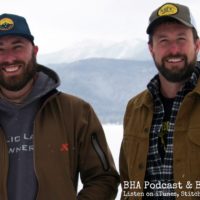A quarter mile from the BWCA, along the South Kawishiwi River, lie federally managed copper-nickel mineral prospecting leases. These permits have never been developed, partially because of their proximity to the BWCA. Government agencies and mining companies have gone through a series of steps in the first half of 2018 to continue with the leasing, exploratory efforts and permitting process to build an industrial-scale copper nickel mine on the edge of the Wilderness.
This gave hunters, anglers, hikers and paddlers alike pause – copper-nickel mining is responsible for massive stores of polluted water in North America, including Butte, MT, the Gold King Mine in Colorado, and the Mount Polley Mine in British Columbia. By its nature, the removal of minerals from sulfide-bearing ore causes acid mine drainage, where mining tailings laced with heavy metals and acidic runoff into nearby ground and surface water.
The proposed mine sites are especially dangerous because the South Kawishiwi River flows through most of the southern part of the Boundary Waters, briefly out of the Wilderness, then right back into the BWCA. There is no reason to believe a copper-nickel mine here would be any different. The Boundary Waters and Superior National Forest are landscapes covered by interconnected lakes, rivers and streams. If this water were polluted, it would be impossible to contain that pollution.
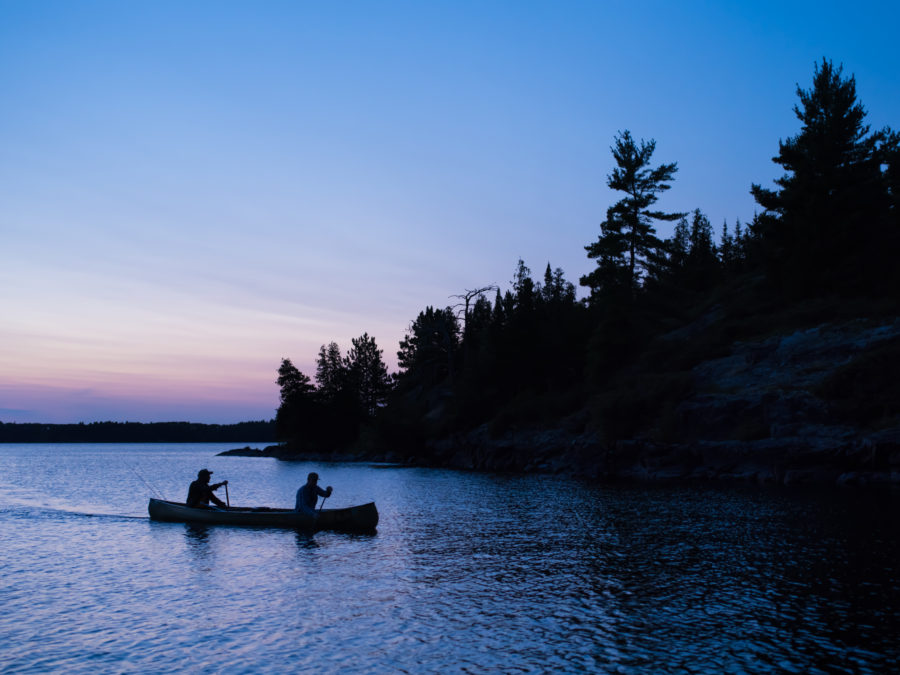
The leases along the South Kawishiwi lapsed in 2015, allowing the Forest Service and BLM to consider whether or not to renew the leases. In late 2016, the leases in question were denied by the agencies who cited potential harm to the Boundary Waters in their official denial. This triggered a two-year Environmental Review, and after a public input process where over 125,000 people wrote in, spoke at listening sessions and stood up in defense of the Wilderness, the agencies agreed that the leases should not be renewed.
Under the current Department of Interior, however, the agencies reversed their decision to deny the leases. While the Forest Service continues its review of the leases under the same two-year directive, Interior asserts it has complete discretion over whether or not to grant these leases. On June 21st, 2018, eight BWCA outfitters, canoe manufacturers and Minnesota businesses sued Interior and the BLM, citing the direct damage to their businesses that the construction of these mines would cause.
The ongoing environmental review will end this fall, when the Department of Interior will make a decision on whether or not to continue the leasing process, or issue a mineral withdrawal, like Secretary Ryan Zinke has done in Wyoming and his home state of Montana. Between now and then, Sportsmen for the Boundary Waters is working to spread the word across the country – now is the time to stand in defense of the BWCA.
Take action to defend the Boundary Waters today. The outdoor community is united in defense of America’s most visited Wilderness. Now is the time to speak up in defense of the BWCA to your elected officials. It’s up to us to defend our public lands, waters and sporting heritage.
Spencer Shaver is the Conservation Policy Director at Sportsmen for the Boundary Waters. For more information contact [email protected](link sends e-mail)
This blog was originially posted on our partner, First Lite’s Campfire Blog.

